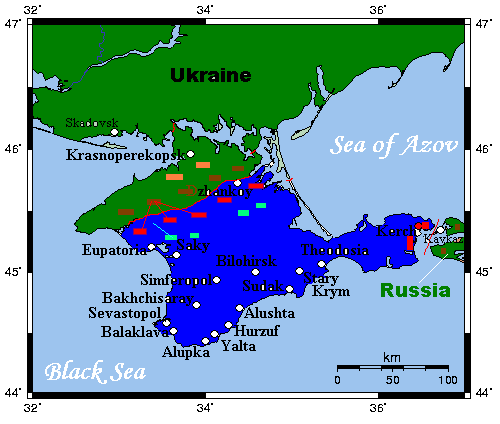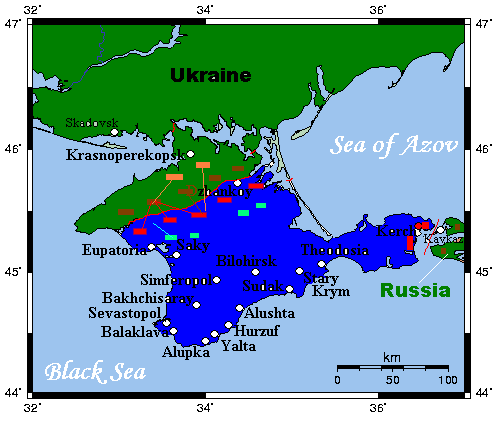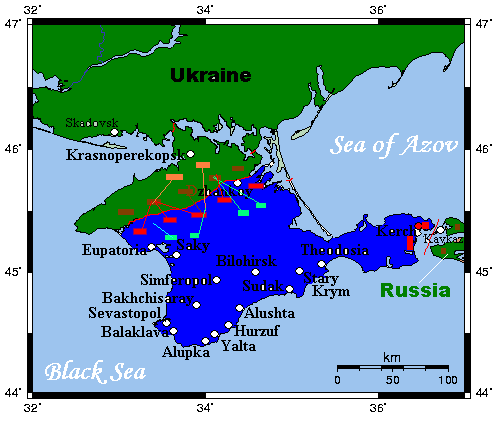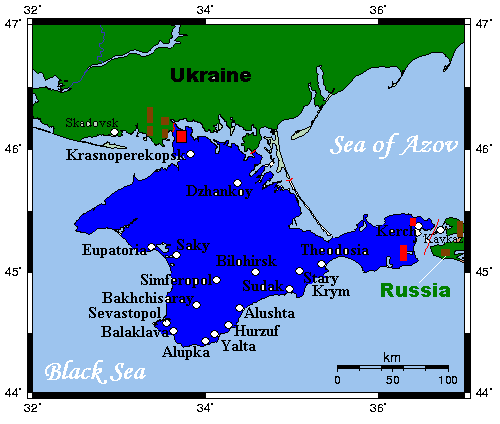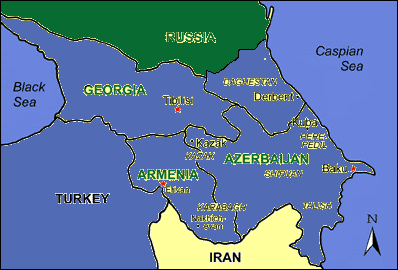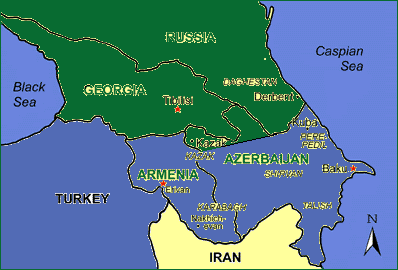After the end of the War of the Spanish Succession, the Empire remained much as it had before the war started. In addition to the war granting the Empire very little in the way of actual gains, it had also kept the Imperial Treasury emptied throughout the conflict. Precious few economic reforms had taken place during his father’s war filled reign, however inflation was kept low by the constant spending.
Mikhael XI Palaiologos was eager to begin improving the Empire’s economy once more, for both the good of the Empire as a whole, and to win the support of the common people by giving them more of what they needed the most, bread, fish and cheap cloth.
While the commoners had always been extremely reverent and respectful of the Emperor, Mikhael knew that maintaining this loyalty amongst them was essential in order to maintain his absolute authority. While the majority of the bourgeoisie were still supporters of the Emperor‘s absolute power, a growing minority were beginning to oppose him rather vocally at times, going as far as to surround the palace.
As his father had, Mikhael knew that he could not simply put such displays down as he would a revolt, as it could easily inflame the other burghers and in the end weaken his support further.
Mikhael was determined not to lose the absolute power that he considered to be his divine right. He surrounded himself with men who knew were loyal to him and to the throne, and sought their advise on how to deal with issue constantly.
Mikhael himself was an extremely capable ruler, well learned and educated, and with a natural affinity for international politics and economic planning. He understood the changing situation in Europe; even most ‘Absolute Monarchies’ had some form of legislative assembly that would gather periodically to discuss important issues and even enact laws, they had for centuries in fact.
Mikhael knew the history of such assemblies as well. Indeed, it was the Roman Republic’s Senate that was the inspiration of such gatherings. However, the Roman Senate effectively came to the end in the later part of the 1st millennium AD, though the office of Senator persisted centuries after as an honorary title that could be bought by anyone. After the fall and recapture of Constantinople however, even this had ended. Since then, the Emperor had ruled the Empire without any such legislative assembly, only occasionally relying on the Megas Doux, or ‘Mega Duke’ to aide him in his rule. But even this ended in the later 15th century under the brutal rule of Andreas I (1469 - 1475).
Since then, the Emperor’s power had been one of, if not the most singular and absolute in all of Europe. This was only further reinforced during the reign of Zoe II (1604 - 1620), in which the Dynatoi, the Aristocracy of the Empire, were heavily reined in by the Empress after a series of bloody revolts against her.
After this, the succeeding Emperors had ruled without question, their authority absolute and without limit. It was a form of Absolutism that easily rivaled Louis XIV’s own. Mikhael XI found himself faced with the prospect of losing the power that his predecessors had worked so diligently to gain for the throne, a power that was often won amidst a river of blood.
The Emperor knew he couldn’t simply do away with the burghers who opposed him however, their numbers being too great. Even though those who opposed him were still a minority, they were a sizable one, making up an estimated 30% of the Bourgeoisie within the mainland Empire. As long as they were close to Constantinople, the Emperor knew they would remain a threat to the power of the Imperial throne.
The Emperor thus decided that in order for him to keep his power secure, he would need to first minimize this threat. In the 17th century, Constantinople had amassed a sizable overseas Empire, stretching from the Caribbean to Indonesia.
On November 7th, 1714, Emperor Mikhael had colonial charters and relocation orders issued to over 10,000 Bourgeoisie across the Empire. Many of the wealthier ones were given governorships all across the Empire’s colonies, while others were given missions to colonize various untouched regions, while the majority were simply relocated with a fair deal of compensation.
By the beginning of June, 1716, this relocation had been mostly complete, the Emperor employing many military transports in an effort to speed the process.
Though there were many protests from those whom had to be forced to leave, they were forced by the military to comply. While he had sent the most vocal and dangerous of the Bourgeoisie to the colonies, the majority of the opposition still remained, their numbers being far too great to make relocating them feasible.
Indeed, their numbers within the Empire were quite high. Nearly 20% of the Empire’s population were Bourgeoisie, making their support integral in maintaining his authority.
While the relocation had weakened those opposed to the Emperor’s absolute authority, it had by no means defeated them. The Emperor therefore decided to grant them one of their requests, but on his own terms.
On August 17th, 1717, Emperor Mikhael XI Palaiologos established the ‘Aytokratoriko Koinoboylio’, the Imperial Parliament. The Imperial Parliament, based roughly on the British model, but with its own unique structure, at its creation consisted of nearly 800 members in the Chamber of Representatives. It represented the entire mainland Empire, stretching across Italy, the Balkans, Anatolia, the middle east excluding Arabia and Persia and the entire northern coast of Africa up to the modern Moroccan border.
The Empire’s estimated mainland population at this time was roughly 60 - 65 million, though some estimates place it as high as 70 million. The roughly 800 members of the Chamber of Representatives represented a equal number of constituencies across the Empire, however the majority of these, located in either the Slavic regions of the Balkans or the Arabic regions of the Middle East/Northern Africa, did not represent the native people there, but instead only represented the small Greek, Turkish and Italian populations living in the regions. The Copts of Egypt were also permitted to vote in the elections.
Out of these people only those wealthy enough to be considered ‘Bourgeoisie’ were permitted to vote, so what this meant was that in an Empire with a population of 65 million, only about 7 - 8 million were voting. However this was still considered a sophisticated system by that days standard, and was a better electoral system than most Kingdoms had. The Imperial Parliament was bicameral, with a Chamber of Representatives (Epimelitirio ton Antiprosopon) acting as the lower chamber of parliament, while the Imperial Senate, made up almost exclusively of the most powerful landed Dynatoi in the Empire, constituted the upper chamber, which held roughly 2,000 members.
Mikhael XI knew that such a large assembly of individuals would require a considerably large space to properly accommodate them. So on October, 1713, he began the construction of one of the most monumental and epic works of early modern architecture. It was finally completed in July of 1717, after nearly 4 years of construction. Emperor Mikhael XI chose for this new work the name Agora Nymfon, for both the grandeur and beauty of its construction and for its Bourgeoisie roots.
The Agora Nymfon stood over 100 feet tall, rivaling the Hagia Sophia which sat a distance away, well in view of the new building. It was a domed structure like the Hagia Sophia, but secular in its design and architecture. Along its walls were podiums, on which stood 8 foot tall marble statues of the Roman Emperors from Mikhael VIII, the first Palaiologid Emperor, to the current Emperor, Mikhael XI.
The crest of the Palaiologid family, the double eagle, sat on the front of the roof of the structure, clear to all who entered. Inside, it was adorned yet more fascinating architecture, ranging from great works of art to the elaborate sculptures that adorned its ceiling. At the center of its main room was the parliament itself, with increasingly elevated seats moving from the center of the room to the back.
Near the back of the room, elevated above all the rest, was the Emperor’s throne, as to never let the supremacy of the Emperor’s authority be forgotten. The Agora Nymfon was one of the greatest works of architecture of its era, and a testament to the Empire’s prosperity during Mikhael XI’s reign.
However despite the grandiose work that had been attributed to them, the new found parliament of the Empire was in practice almost completely powerless. Absolute Authority still rested with the Emperor, and only he could call and dismiss parliament. Most modern historians agree that Mikhael’s reasons for establishing the parliament and for the construction of the Agora Nymfon was not out of a belief in the parliamentary system, but rather, merely as a way to calm his opposition.
After the ‘relocation’ of most of his strongest opposition to the colonies, the parliament was his last step to sedate the Burghers who opposed his absolute authority. As even if the parliament was in practice powerless, its mere existence soothed their tensions a great deal.
Emperor Mikhael opened parliament for the first time on November 21st, 1717, following the first parliamentary elections for the lower chamber. In addition to the opening of parliament, the Emperor formally chose a standard national flag for the Empire. Before this period, many different flags had been used to represent the Roman Empire. Mikhael XI chose a Golden Double-headed Eagle in front of a white cross, against a blue background as the Empire’s flag. This was significant, as the double headed Eagle was the symbol of the Palaiologid Dynasty. It asserted their right alone to rule over the Empire. Finally, standing tall above the members of the Chamber of Representatives, he delivered a rousing speech to them, which ended in great applause…
------------------------------------------------------------------------------------------------------------------------
The echoing halls of the Agora Nymfon glistened with the rays of the sun that poured in through its many windows. On this, the morning of November 21st, 1717, the elected members of the Imperial Parliament came together for the first time.
On his throne the Emperor sat, presiding over the newly opened parliament. Its members each occupied a seat, starting from the center of the room and stretching to the back of the room with ever increasing elevation. However, there were many empty seats further back, while the seats closer to the center of the room were mostly full.
This was part of the Agora Nymfon’s design. While the lower chamber of parliament currently consisted of 850 members roughly, the Emperor realized that as the population grew, so would number of ministers. The Agora Nymfon’s parliamentary hall could thus seat over 4,000 ministers if need be, truly displaying the grandeur and vision of its design.
Standing, the Emperor calmly walked forward, as flower petals were sprinkled in front of him by two young girls. Arriving at the podium, the Emperor calmly raised his hands to quiet and conversations that were going on between the ministers.
“Long ago, in the times of our ancient forefathers, existed an assembly of great men. These men stood beside the Emperors of their day, representing the will of the Roman people, and acting as valuable and trusted advisors to these early rulers.” The Emperor glanced around the room briefly, noting the ministers reactions.
“An Emperor should rule in the Name of God first, as it was He who in His Divine Wisdom, granted the right to rule to his Vicar on Earth. But he should also rule according to the needs of his people, whom bare the consequences of his decisions. He should rule with the goals of bringing them prosperity, glory and security.” He clenched his fist as he said these three words, his voice echoing through the hall.
“While an Emperor may rule his Empire, it is the people that make it. Without them there is no country, no Empire to rule. And so to them I give this parliament, reviving a lost tradition of the Empire. From this day forth, this parliament shall act as the voice of the people, and I shall always consider its advise with the utmost care and seriousness. With this assembly, we are reconnecting with our ancient past, a past that has shaped the world! And now together, we shall shape the future as well!” Mikahel XI rose his hands into the air.
“Long live the Roman Empire!” He finished as applause filled the Agora Nymfon, the ministers standing after his speech. While Mikhael XI did not intend to rule with anyone’s help, the illusion of such would serve his cause well…
Europe and the Roman Empire at 1718, note the Empire extends further west along the African coast, but was unable to get it all in the pic.
The new national flag of the Empire
------------------------------------------------------------------------------------------------------------------------
Well there you go.

Hope you enjoyed that update. Also, I try and keep Europe as historical as would be reasonable in this universe, so if anyone sees any inaccuracies please feel free to point them out.







